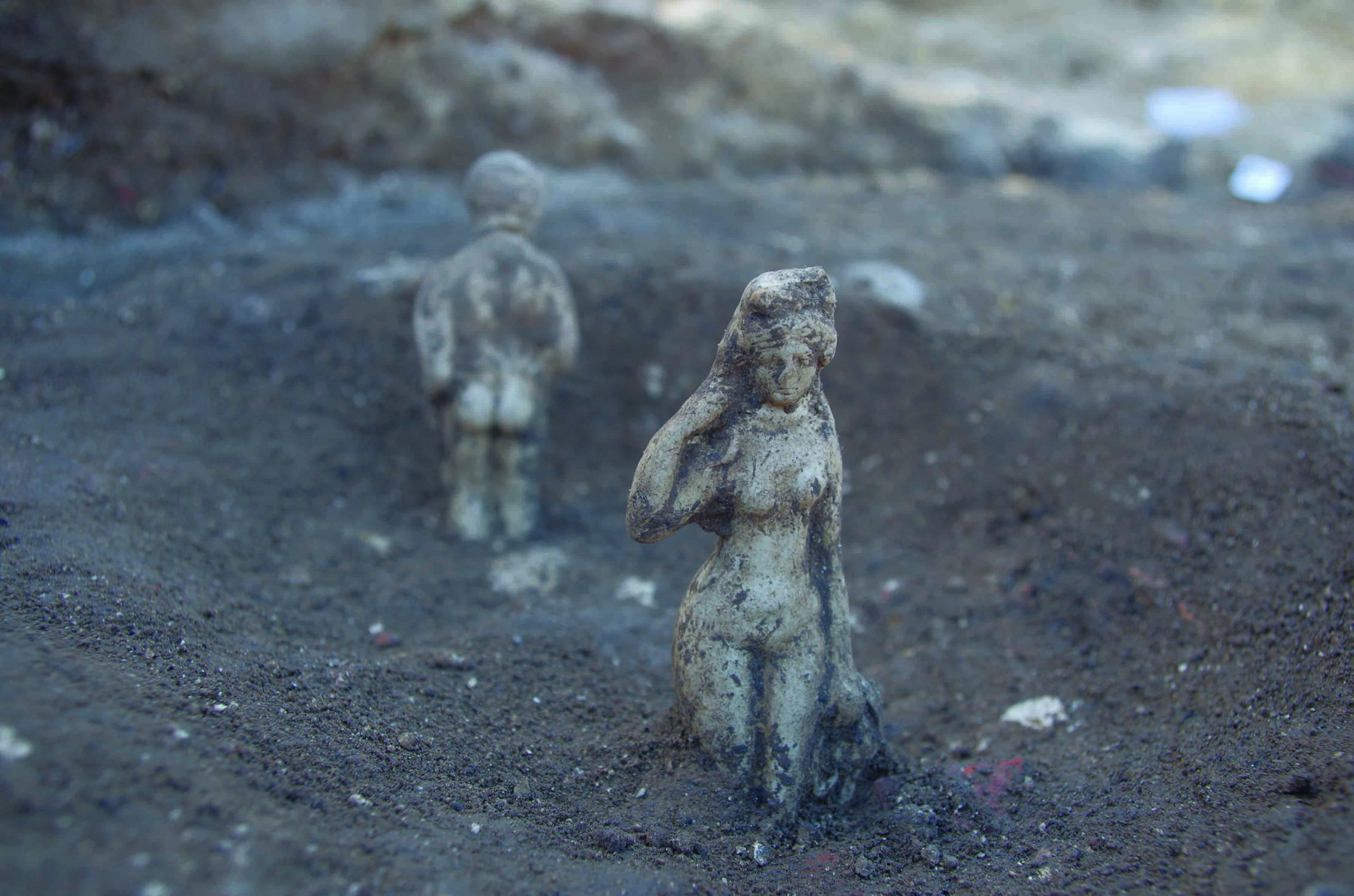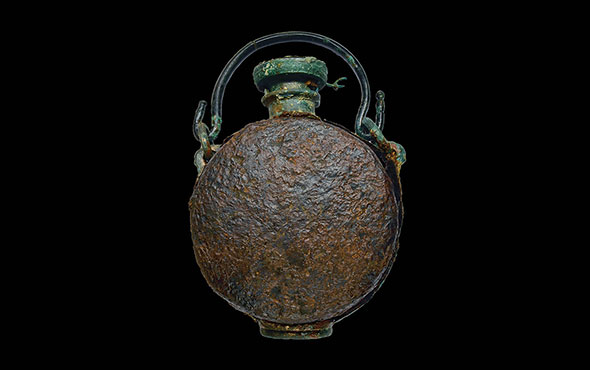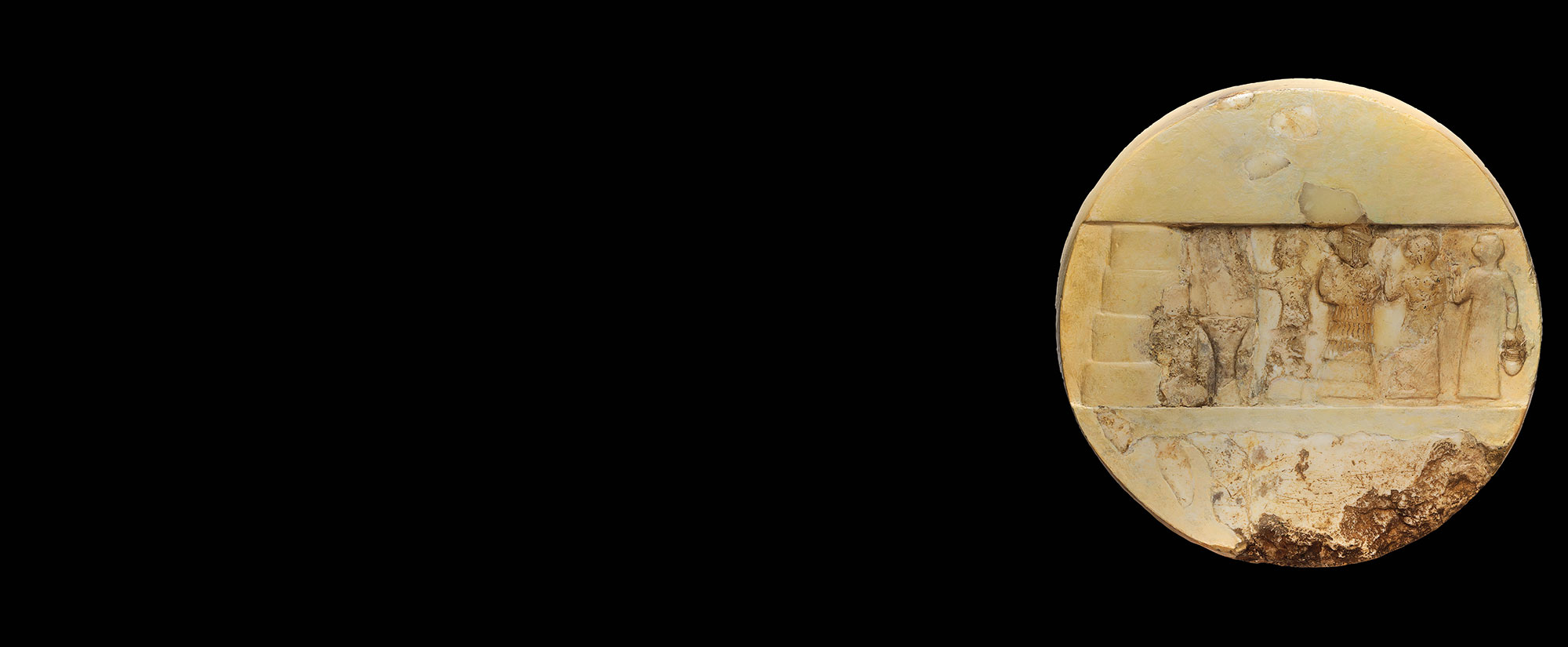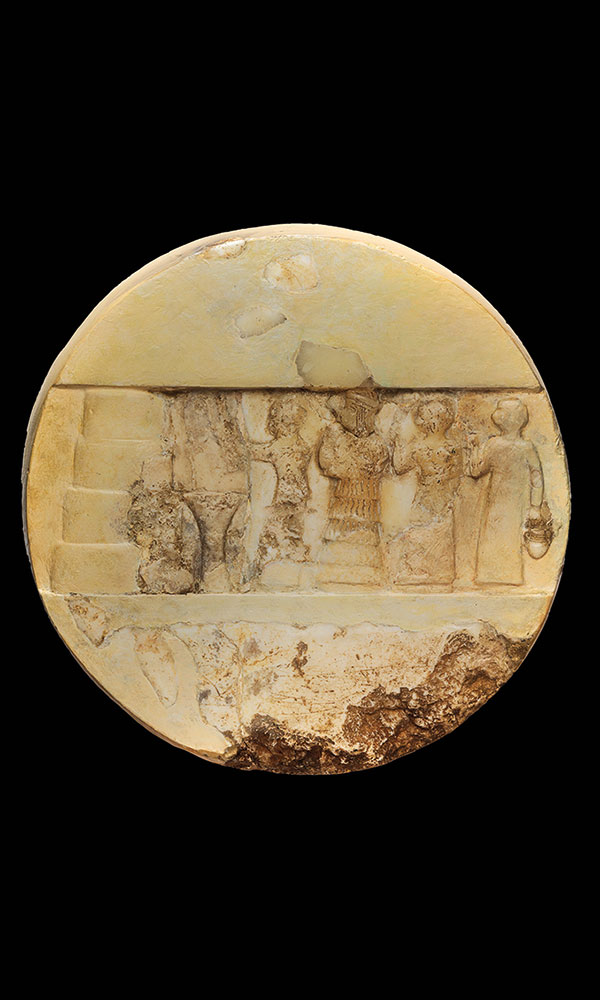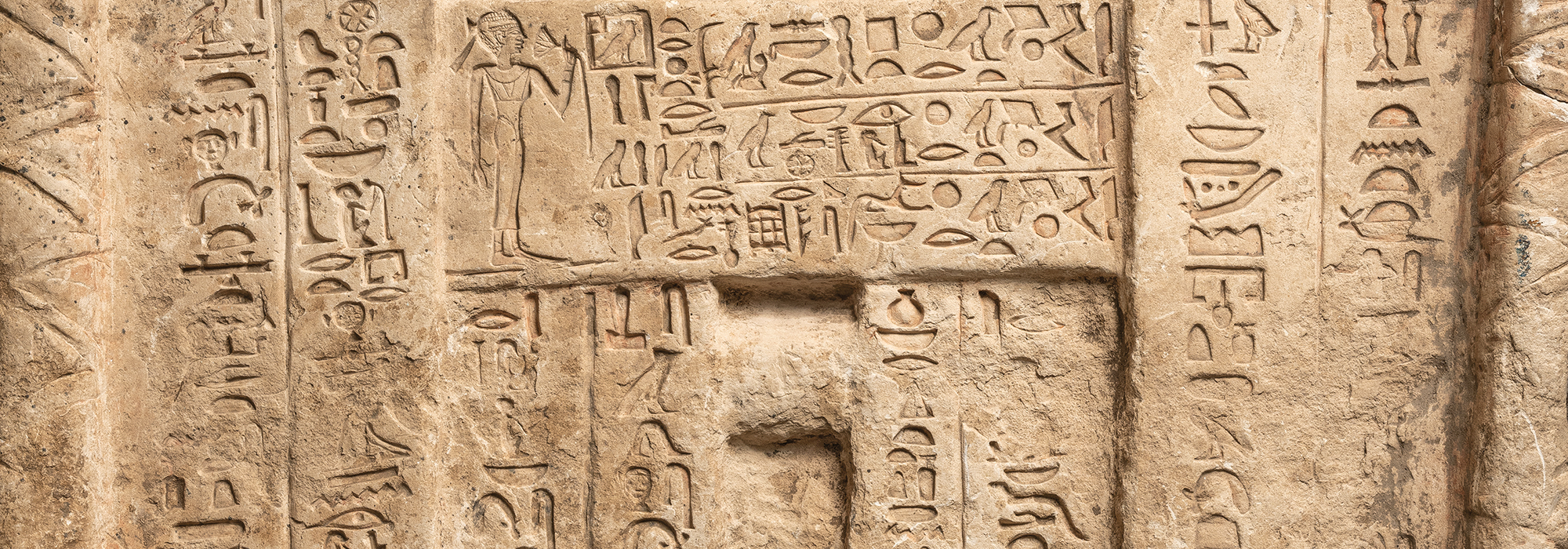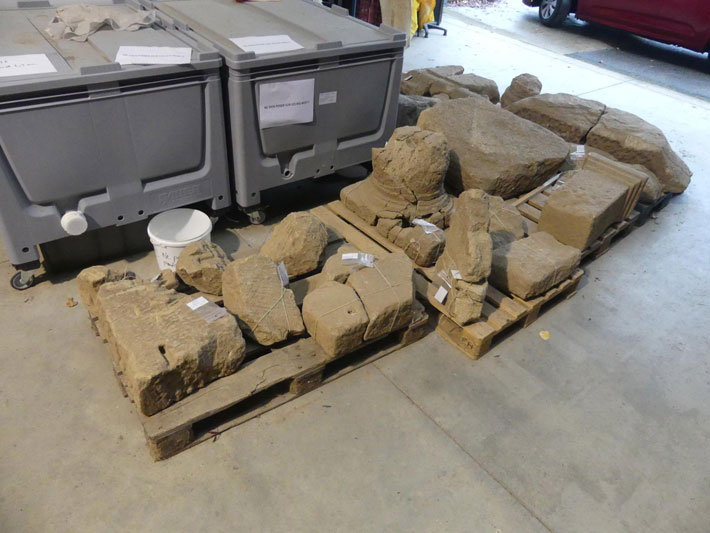
AUVERGNE, FRANCE—According to a statement released by France’s National Institute of Preventive Archaeological Research (INRAP), the remains of a possible mausoleum have been found among several buildings at a Gallo-Roman site in central France. When the sandstone blocks were cleaned, the researchers found a cornice decorated with leaves surmounted by a Corinthian capital, and a frieze fragment showing an image of the Greek sea god Triton with a beard, long hair, spread arms, and tentacles ending in palm leaves. A possible seahorse, whose two front legs are visible, was placed next to him. Two pieces of a conical sculptural element covered with finely carved scales were also found. This element is thought to have rested on the top of the monument. The researchers explained that the sea monster motif was often used on mausoleums in the first and second centuries A.D. to symbolize the journey made by the deceased. To read about a Gallo-Roman necropolis in southwest France, go to "Shackled for Eternity."




